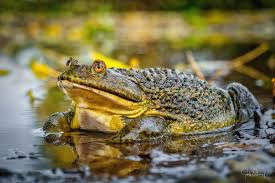7667766266
enquiry@shankarias.in
Why in News?
A frog species ‘Helmeted Water Toad’ considered as a living fossil is losing its ground in its native Chile as climate change and human intervention damage its habitat.
|
Living Fossils |
|
Helmeted Water Toad

Reference
The Hindu| Declining of Helmeted Water Toad- A Living Fossil